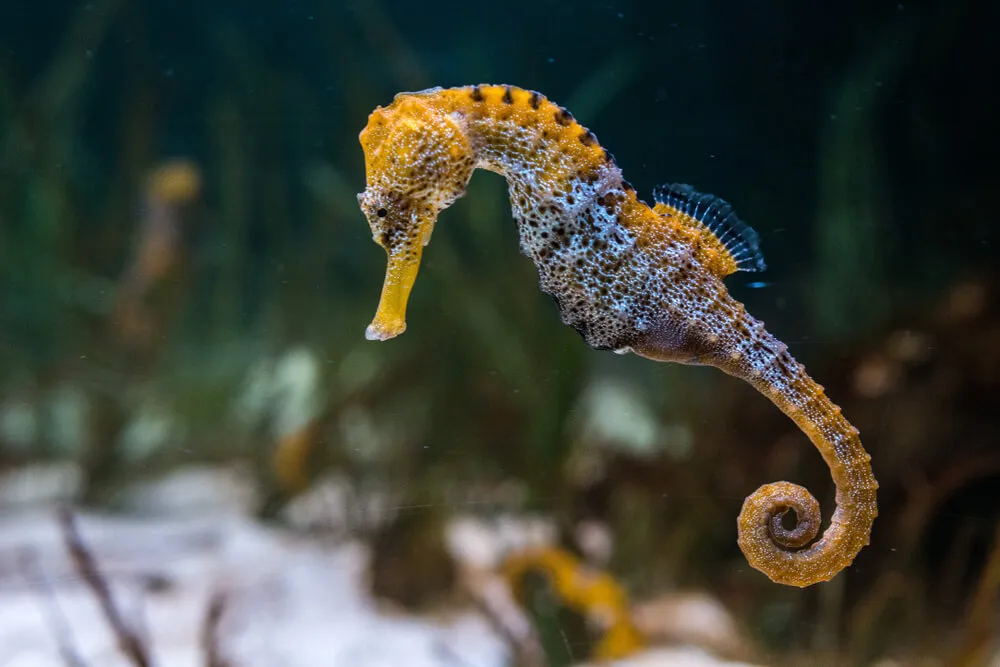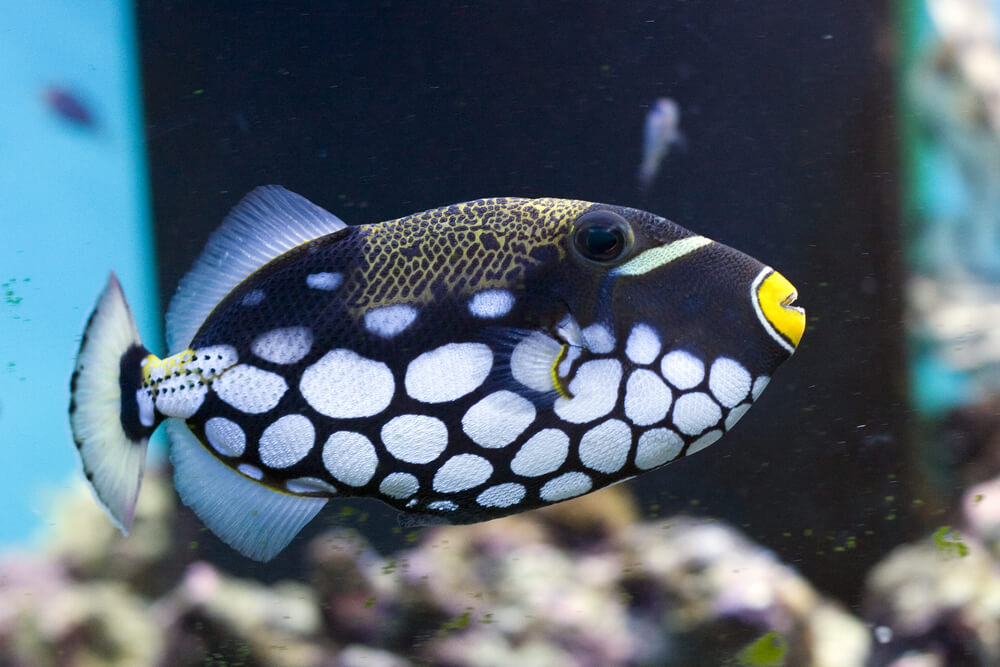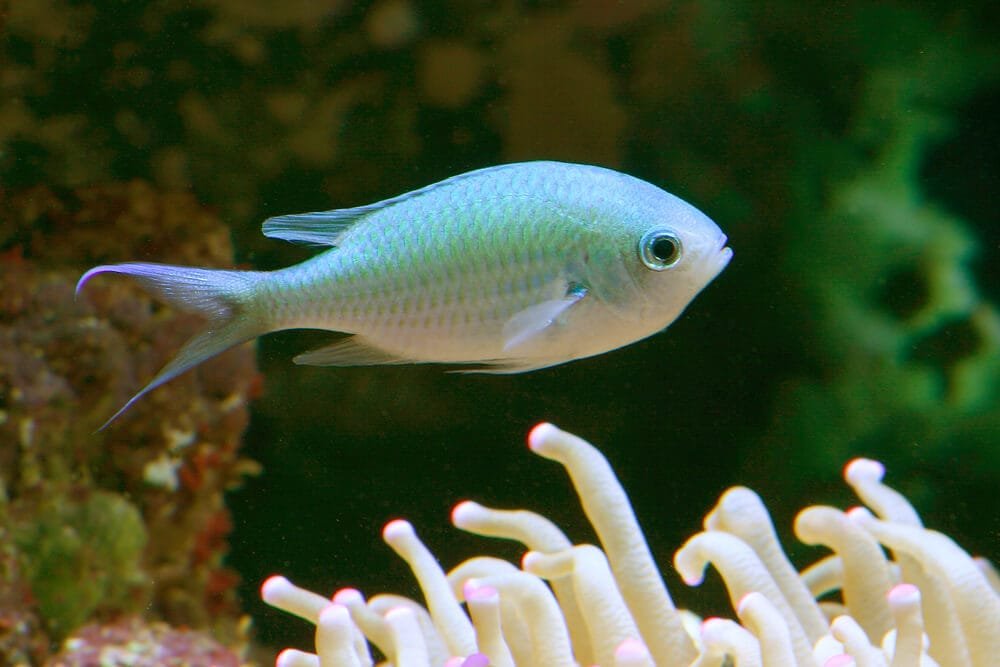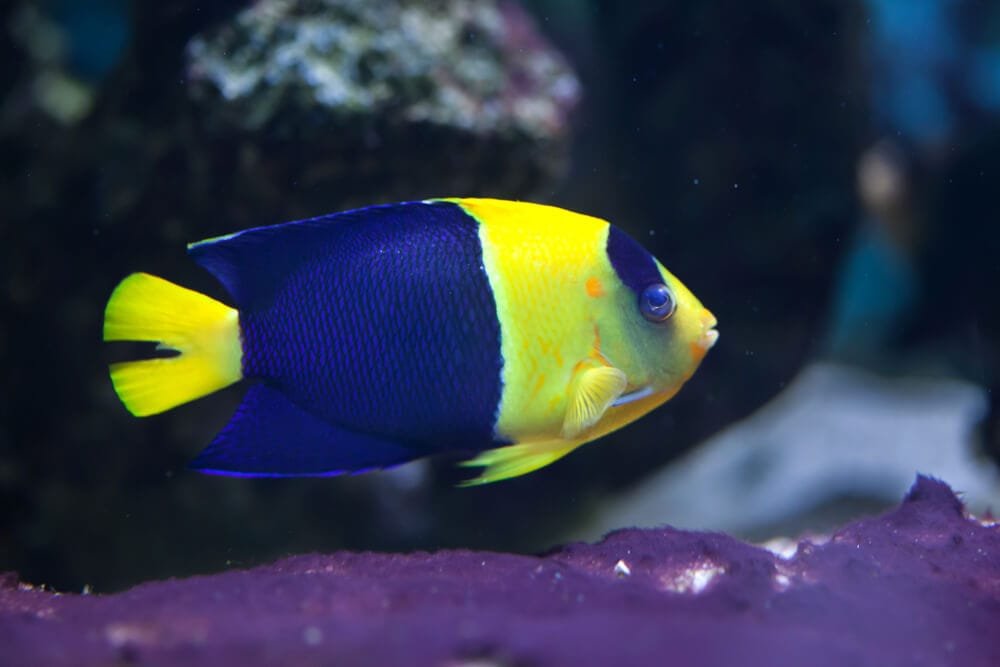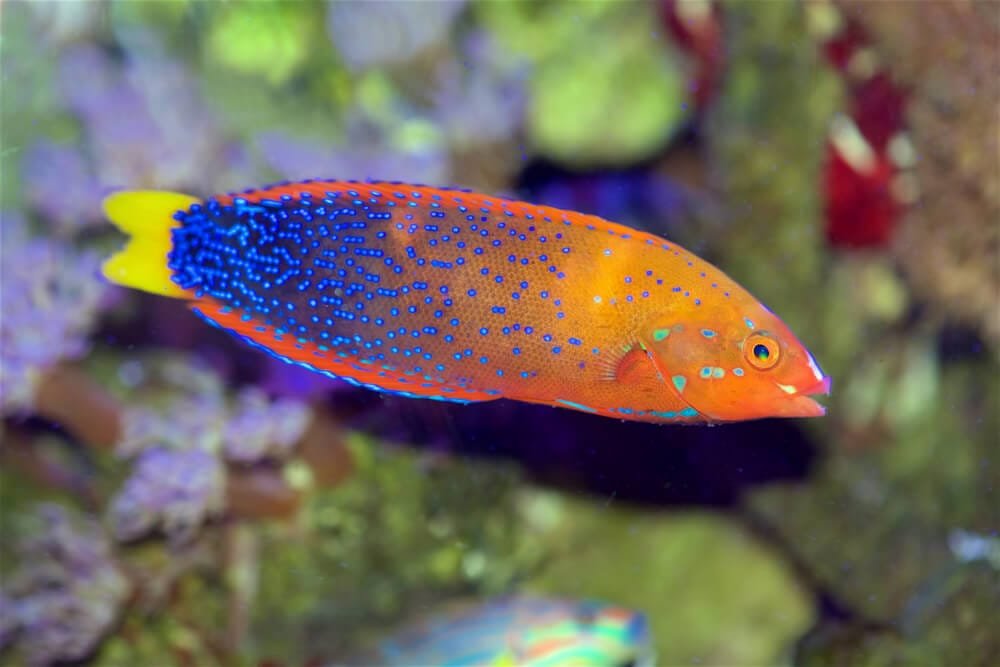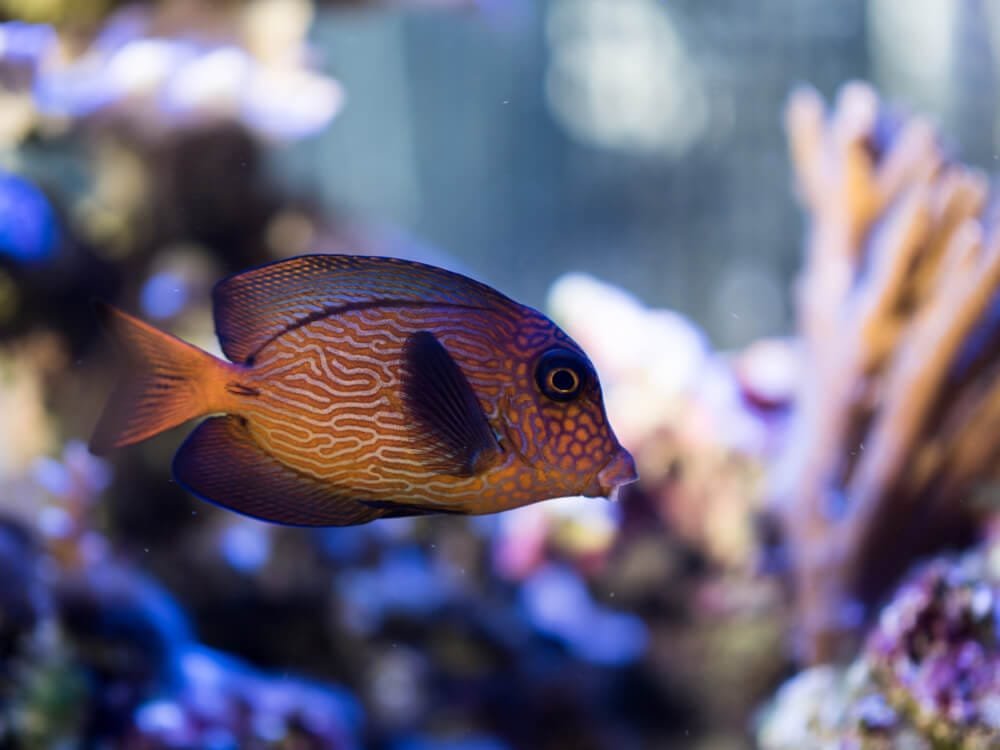Sohal Tang: Tank Setup, Diet and Behavior Insights
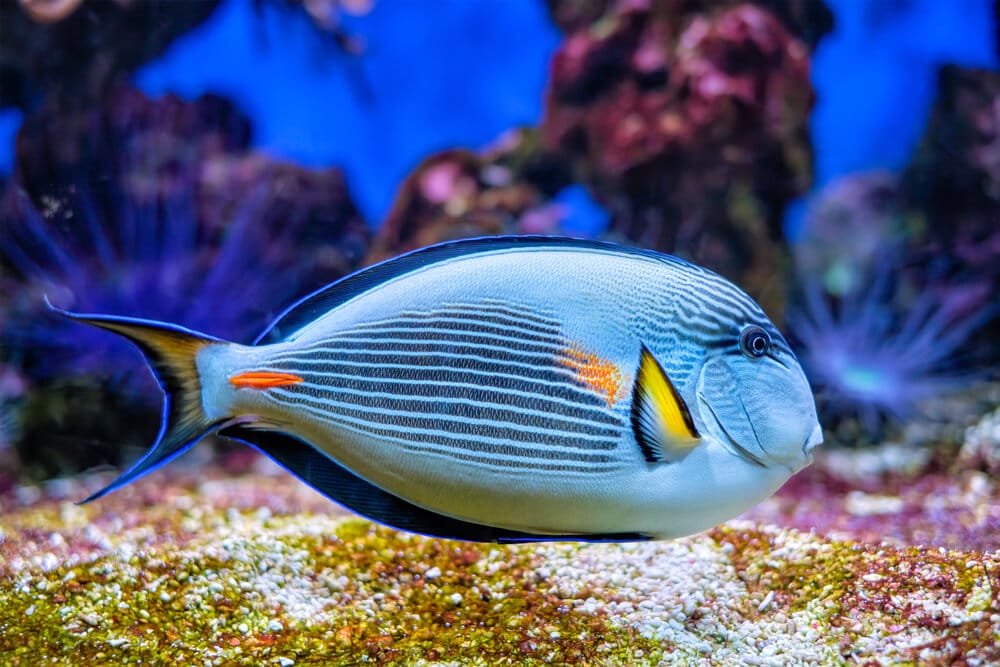
Imagine a vibrant fish that is bursting with colors and brings life to any aquarium it calls home. That’s exactly what the Sohal Tang is. With its striking black body adorned with vibrant white and yellow markings, the Sohal Tang is truly a sight to behold. Not only is it a stunning addition to any tank, but it also has a friendly and curious personality that makes it a joy to observe. Welcome the Sohal Tang into your aquatic world and experience the beauty and charm it offers.
Background Information
What is Sohal Tang?
The Sohal Tang, also known as the Sohal Surgeonfish or Red Sea Clown Surgeonfish, is a species of marine fish belonging to the Acanthuridae family. It is known for its vibrant colors and striking appearance, making it a popular choice among aquarium enthusiasts. The scientific name of the Sohal Tang is Acanthurus sohal.
Origin and distribution
The Sohal Tang is native to the Red Sea and the Gulf of Aden, particularly around the reefs of Saudi Arabia, Egypt, and Sudan. Its distribution is limited to these regions, and it is not found in any other parts of the world. Although it is mostly found in the Red Sea, occasional sightings have been reported in the Indian Ocean as well.
Physical characteristics
The Sohal Tang is a medium-sized fish, reaching an average length of 9-10 inches when fully grown. It has an elongated body with a laterally compressed shape and a pointed snout. The body is adorned with striking coloration, featuring a vibrant royal blue color on the head and body, contrasting with a bright yellow dorsal fin and a black spot near the tail. It also has sharp spines along its sides and tail, which it uses for protection.
Habitat and Ecology
Preferred habitat
The Sohal Tang is typically found in coral-rich coastal areas and shallow reef environments, where it can take shelter and find food. It prefers areas with strong water flow, as this helps to maintain its health and well-being. The presence of healthy coral reefs with ample hiding spots is crucial for the survival and long-term habitat of the Sohal Tang.
Feeding habits
The Sohal Tang is primarily herbivorous in nature, feeding on a diet consisting mainly of filamentous algae and macroalgae. In the wild, it grazes on the algae present on coral reefs, which helps to maintain a healthy ecological balance. In captivity, it is essential to provide a varied diet of algae-based foods such as seaweed sheets, as well as occasional additions of small meaty foods to meet its nutritional needs.
Reproduction and lifecycle
Little is known about the reproduction and lifecycle of the Sohal Tang in the wild. However, it is a presumed broadcast spawner, releasing eggs and sperm into the water column simultaneously for fertilization. The larvae undergo a pelagic phase, where they drift in the ocean currents before eventually settling on the reef as juveniles. The growth rate of the Sohal Tang is relatively slow, and it takes several years for them to reach their full adult size.
Importance in the Aquarium Trade
Popularity among hobbyists
The Sohal Tang is highly sought after by aquarium hobbyists due to its stunning colors and unique appearance. Its vibrant blue and yellow coloration make it a standout addition to any aquarium, adding a splash of color and visual interest. Furthermore, its size and active swimming patterns make it a captivating fish to observe, making it a favorite among enthusiasts looking for an eye-catching centerpiece fish.
Challenges in keeping Sohal Tang
While the Sohal Tang is undoubtedly a beautiful fish, it is essential to understand the challenges associated with keeping them in captivity. One significant challenge is the size of the aquarium required to house a Sohal Tang adequately. Due to its active nature and potential aggression, a tank with a minimum capacity of 150 gallons is recommended. Additionally, providing ample hiding spaces and maintaining water parameters can be challenging for novice aquarists.
Compatibility with other fish
The Sohal Tang can be quite aggressive towards other fish, especially those of a similar species or shape. It is crucial to carefully select tankmates that can tolerate its territorial behavior and potential aggression. More docile fish species or those that occupy a different level of the tank may be better suited as companions for the Sohal Tang. It is also advisable to introduce the Sohal Tang last to the aquarium to minimize aggression towards other existing tankmates.
Care and Maintenance
Tank size and setup
As mentioned earlier, a large tank with a minimum capacity of 150 gallons is recommended for housing a Sohal Tang. It is essential to provide ample swimming space and hiding spots. The tank should also have a strong water flow to replicate its natural habitat. Incorporating rocks and live corals in the aquarium will not only provide hiding spots but also add to the aesthetic appeal.
Water parameters
Maintaining stable water parameters is crucial for the health and well-being of the Sohal Tang. Ideally, the water temperature should be kept between 74-82°F, with a pH range of 8.1-8.4 and a specific gravity of 1.020-1.025. Regular monitoring of ammonia, nitrite, and nitrate levels is essential, along with regular water changes to maintain water quality.
Diet and feeding routine
A varied and balanced diet is essential for the Sohal Tang’s health. In addition to grazing on algae in the tank, it is vital to provide a diet that includes dried seaweed sheets, algae-based pellets, and occasional small meaty foods. Feeding should take place multiple times a day in small portions to simulate natural feeding habits.
Common Health Issues
Parasitic infections
The Sohal Tang, like many marine fish, is susceptible to parasitic infections such as marine ich (Cryptocaryon irritans) and marine velvet (Amyloodinium ocellatum). Regular observation and quarantine procedures for new additions to the tank can help prevent the introduction of these parasites. Taking appropriate measures such as using medications or natural remedies can help control and prevent these infections.
Ich infestations
Ich, also known as white spot disease, is a common ailment that affects marine fish, including the Sohal Tang. Recognizable by the appearance of small white spots on the body and fins, ich is caused by a parasite. Raising the temperature of the tank and using medications specifically formulated to treat ich can effectively eradicate the parasite.
Disease prevention measures
Maintaining a clean and well-maintained aquarium is key to preventing diseases in the Sohal Tang. Regular water changes, proper filtration, and careful observation of the fish for any signs of illness are essential. Quarantining new additions and properly acclimating them before introducing them to the main tank can help prevent the spread of diseases.
Conservation Status
Threats to Sohal Tang populations
The Sohal Tang is currently listed as a species of “Least Concern” on the IUCN Red List of Threatened Species. However, it faces various threats in its natural habitat. Overfishing, particularly for the aquarium trade, poses a significant threat to the wild populations of the Sohal Tang. Destruction of coral reefs due to coastal development, pollution, and climate change also negatively impacts their habitat.
Conservation efforts
Conservation efforts for the Sohal Tang primarily focus on implementing sustainable fishing practices and raising awareness about the importance of responsible aquarium trade. Organizations such as the Red Sea Research Center work towards the conservation of the Sohal Tang and its habitat through research, education, and conservation initiatives.
Importance of sustainable aquarium trade
Promoting sustainable aquarium trade is crucial in ensuring the long-term survival of species like the Sohal Tang. This involves supporting captive breeding efforts, sourcing fish from responsible and ethical suppliers, and educating hobbyists about the importance of proper care and responsible ownership. By doing so, we can help reduce the demand for wild-caught specimens and support the conservation of marine ecosystems.
Sohal Tang and Coral Reefs
Symbiotic relationships
The Sohal Tang plays a vital role in maintaining the health of coral reef ecosystems through symbiotic relationships. It acts as a cleaner fish, offering cleaning services to other species by removing parasites and dead skin from their bodies. This cleaning symbiosis benefits both the Sohal Tang, which gains nutrition from the process, and the other fish, which enjoy improved health and reduced parasite load.
Impact on coral reef ecosystems
The grazing habits of the Sohal Tang help control algae growth on coral reefs, preventing it from overgrowing and smothering corals. This contributes to the overall health and survival of coral reef ecosystems, as excessive algae competes with corals for space and resources. The presence of the Sohal Tang helps maintain a delicate balance and promotes a healthy and diverse reef ecosystem.
Conservation implications
The conservation of the Sohal Tang is closely linked to the conservation of coral reef ecosystems. By protecting the Sohal Tang’s habitat and ensuring its continued presence in the wild, we can help safeguard the health and diversity of these fragile ecosystems. Efforts to combat climate change, reduce pollution, and establish marine protected areas are crucial for the long-term survival of both the Sohal Tang and coral reefs.
Behavior and Temperament
Territorial behavior
The Sohal Tang displays territorial behavior, especially towards members of its own species or those that resemble it. It may aggressively defend its chosen territory, chasing away intruders or engaging in confrontations with other fish. Providing ample hiding spots and adequate swimming space can help minimize territorial conflicts within the aquarium.
Interactions with other fish species
While the Sohal Tang can be territorial, it can also exhibit peaceful interactions with other fish species. It may form loose social groups with other tangs or surgeonfish, especially in larger aquariums. However, it is essential to carefully monitor their behavior and ensure that tankmates can tolerate the occasional displays of aggression.
Cleaning symbiosis
One fascinating behavior of the Sohal Tang is its participation in cleaning symbiosis. It actively seeks out other fish to clean, removing parasites and dead skin from their bodies. This behavior not only benefits the fish being cleaned but also provides an additional food source for the Sohal Tang, contributing to its overall health and well-being.
Identification and Species Variations
Distinguishing features
The Sohal Tang can be easily identified by its striking coloration. Its vibrant blue body and contrasting yellow dorsal fin, along with a prominent black spot near the tail, make it stand out among other fish. It also has sharp spines along its sides and tail, adding to its unique appearance. These distinguishing features make it a highly recognizable and sought-after species in the aquarium trade.
Variations in coloration
While the general color pattern of the Sohal Tang remains consistent, there may be some variations in the intensity of its colors. Factors such as lighting, diet, and stress levels can influence the vibrancy of its blue and yellow coloration. A well-maintained and adequately cared for Sohal Tang will exhibit vibrant and striking colors, enhancing its beauty in the aquarium.
Similar species
The Sohal Tang can be easily confused with other Surgeonfish species, particularly those in the Acanthurus genus. The closest relative and potential look-alike is the Red Sea Sailfin Tang (Acanthurus nigricauda), which shares similar body shape and coloration. However, the Red Sea Sailfin Tang lacks the yellow dorsal fin and black spot near the tail that are distinct features of the Sohal Tang.
Interesting Facts
Natural predators
In the wild, the Sohal Tang faces predation from larger fish species and sharks. Its sharp spines and vibrant colors act as a form of defense, warning potential predators of its venomous nature and unpalatability. This defense mechanism helps protect the Sohal Tang from predation and allows it to thrive in its natural habitat.
Longevity in captivity
With proper care and a suitable environment, the Sohal Tang can live for many years in captivity. On average, they have a lifespan of 15-20 years in aquariums, although some individuals have been known to live even longer. Regular monitoring of water quality, a balanced diet, and a stress-free environment are key factors in ensuring the longevity of these beautiful fish.
Sohal Tang’s effect on algae growth
The Sohal Tang plays a crucial role in controlling algae growth in aquariums. Its grazing habits help keep the algae population in check, preventing excessive growth that could potentially harm coral and other invertebrates. By introducing the Sohal Tang into an aquarium, hobbyists can enjoy the added benefit of naturally reducing undesirable algae growth, promoting a healthy aquatic environment.
Conclusion
The Sohal Tang is a stunning and captivating fish that adds a touch of vibrant color to any aquarium. While it presents some challenges in terms of care and compatibility, the rewards of keeping this magnificent species are well worth the effort. By understanding its habitat, behavior, and conservation needs, we can ensure the continued presence of the Sohal Tang in both the wild and the aquarium trade. So go ahead, create a beautiful and thriving environment for your Sohal Tang, and let its vibrant blue hues mesmerize you for years to come.
